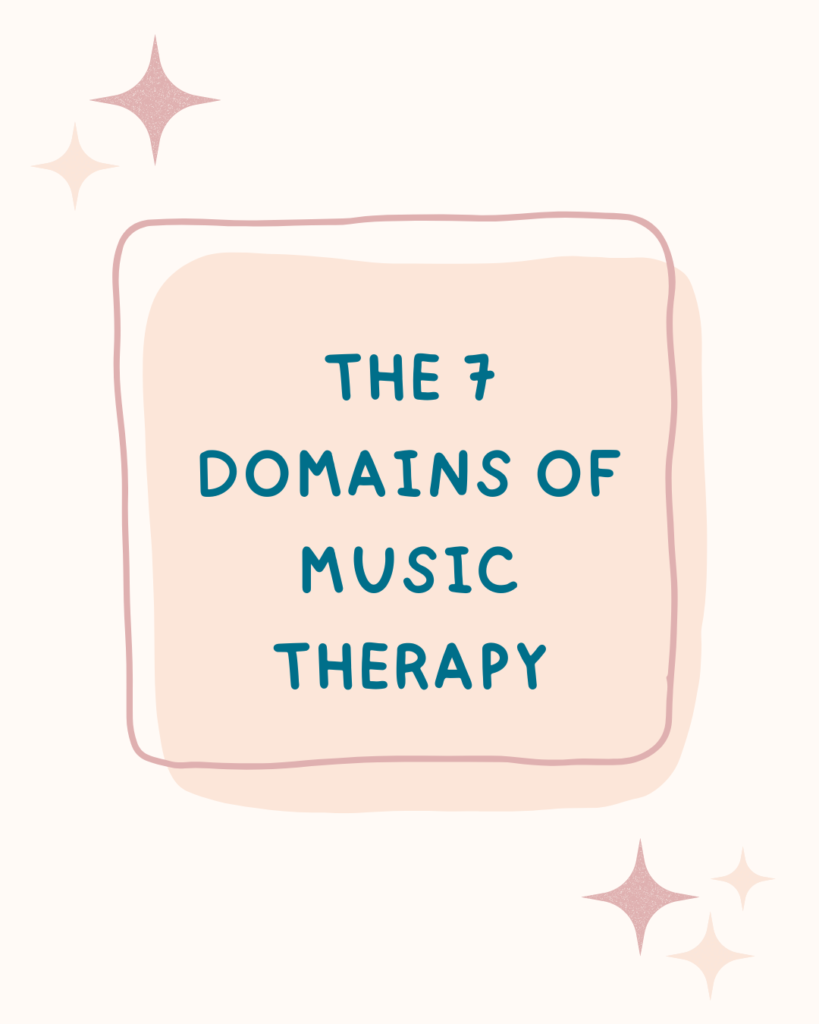
Music Therapists use 7 domains to assess, form a treatment plan and evaluate our clients! Keep reading or watch the video below to learn about each domain and some common goal areas for each one!
When someone asks what music therapy is, we usually say that music therapy is the use of music and musical elements to reach non-musical goals…
So, still a little bit confusing! I want to take you behind the scenes a little bit more and talk to you about the seven domains that music therapists use to assess, form goals and evaluate client progress!
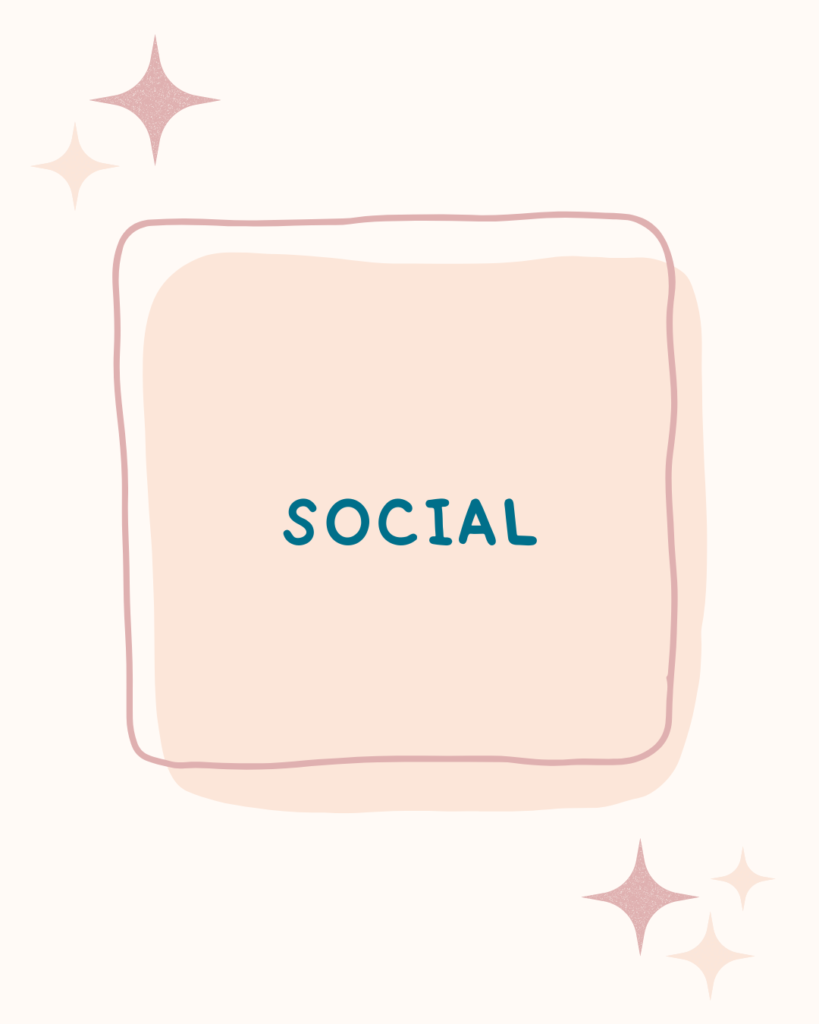
Our first domain is the social domain. There are a lot of social rituals in our society and someone with a disability may struggle with picking up on these unspoken social rituals and nonverbal cues. So they might need to learn them by practicing them.
Common goals in music therapy might be learning social rituals through singing a hello and goodbye at the start and end of sessions, practicing taking turns through call and response songs or passing instruments in a group and waiting for the client to initiate interaction before playing their preferred song or instrument!
The social domain is an important domain that we work on a lot, especially with our clients who are on the autism spectrum.
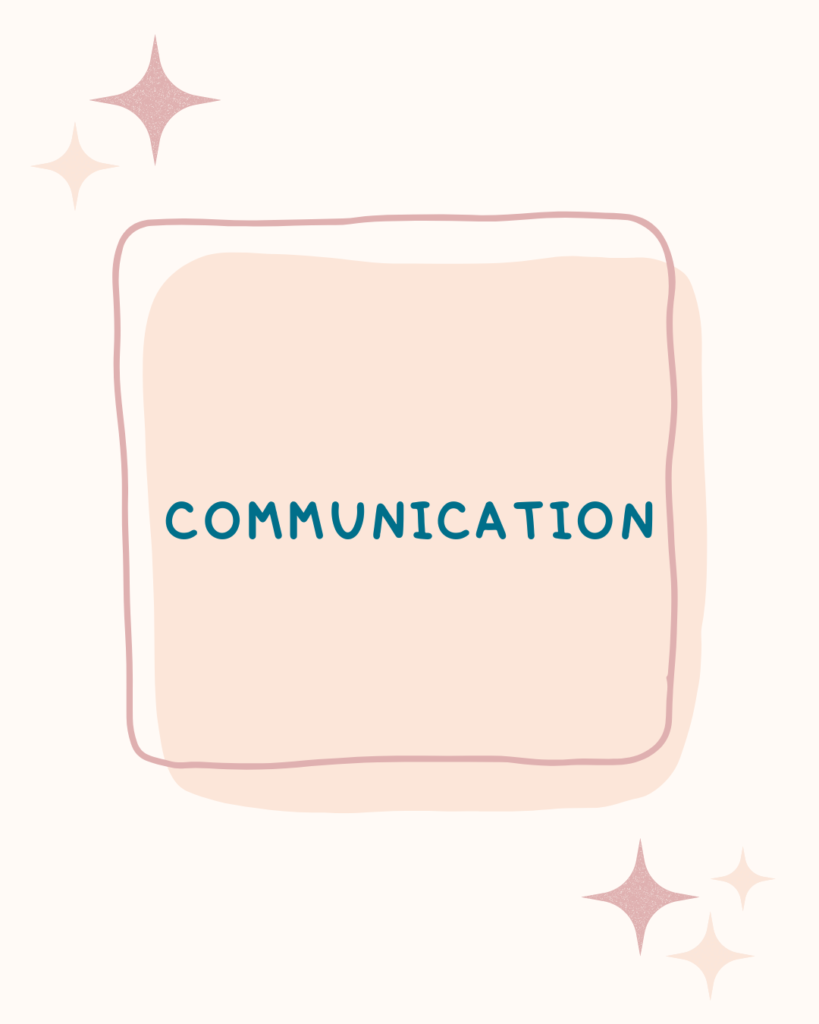
Our second domain is the communication domain! This could be nonverbal or verbal forms of communication. Even before learning words, some of our clients need to work on their letter or vowel sounds, improve their articulation and improve their oral motor skills.
Some of our clients may be verbal, but they might be fairly hard to understand. So we can target articulation and strengthening oral motor skills through singing and playing instruments like harmonicas or kazoos.
There’s lots of fun ways we can target oral motor skills in music therapy sessions. Singing especially is really great for the communication domain.
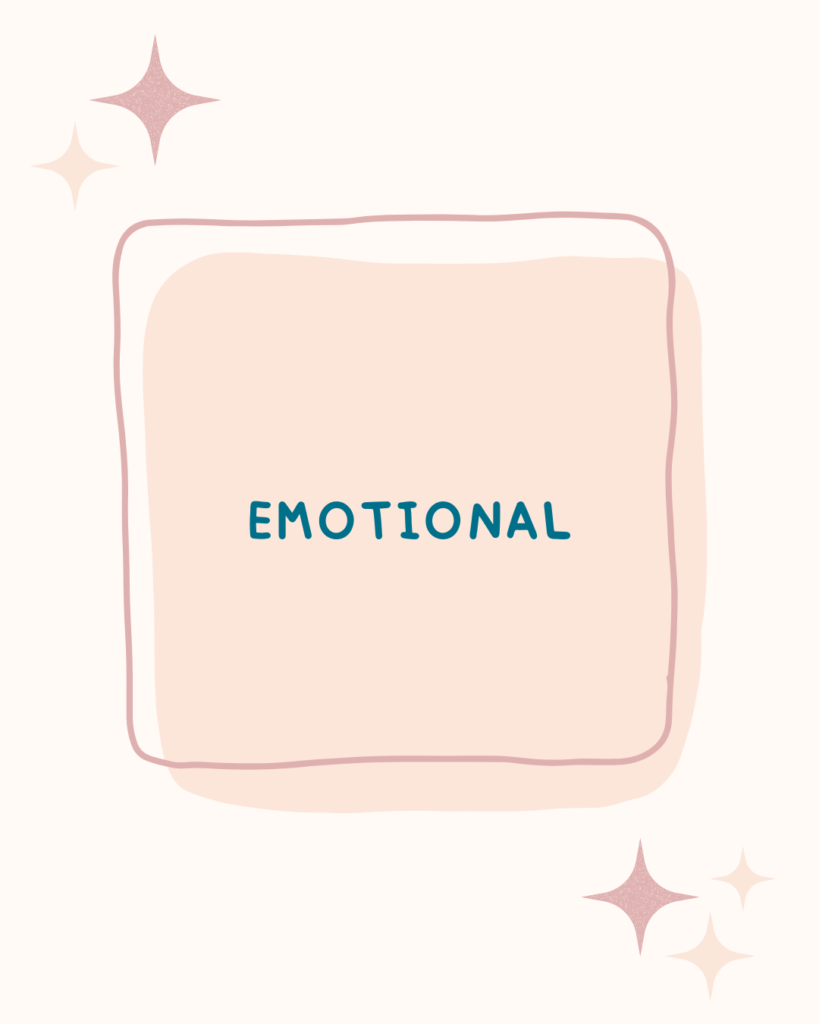
Our third domain is the emotional domain. Emotional intelligence includes identifying emotions in yourself and others, having appropriate facial affect and having appropriate response to emotions. And it really includes being able to self-regulate and express emotions in a healthy way. So this can be a really tricky domain to work on – learning how to ask for a break when you’re frustrated or even recognizing the signs of frustration in yourself can be very tricky for some of our clients.
If we can help a client to combine the emotional and communication domains and recognize that they’re feeling frustrated and then ask for a break, that can be really beneficial. So you can start to see how our domains kind of do blend together once we start targeting specific goals and that’s okay.
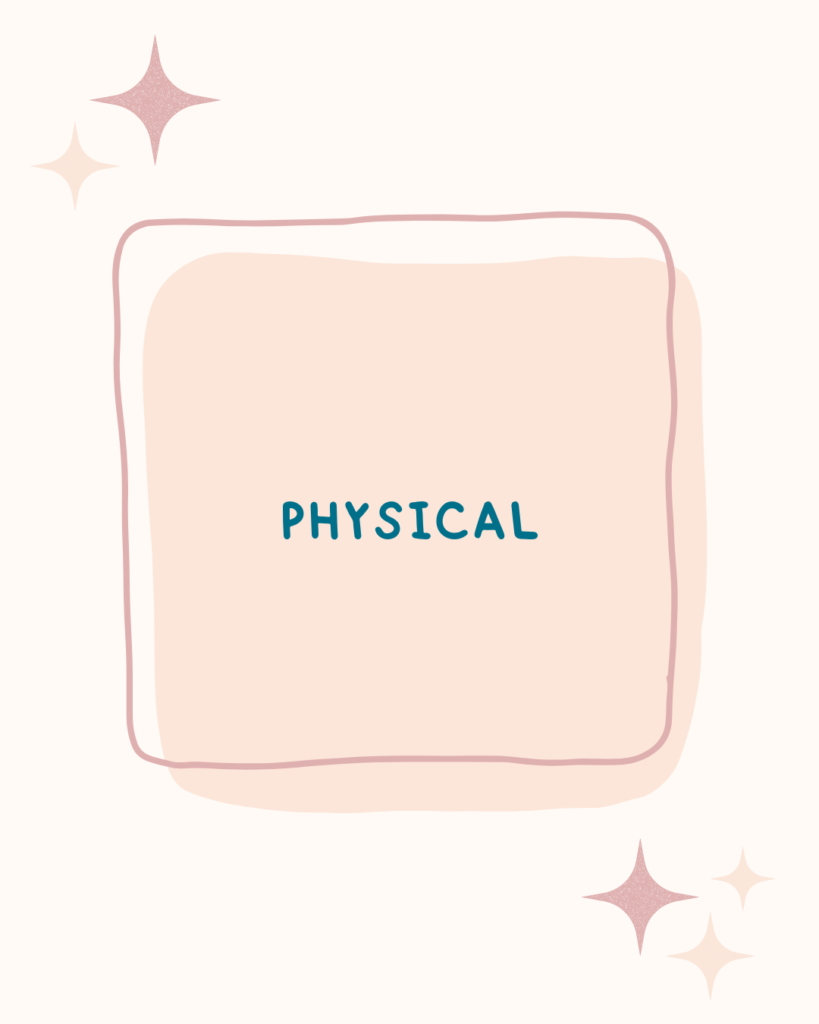
The fourth domain we’re going to talk about is the physical domain. This could be be fine motor skills, gross motor skills, physical coordination, crossing the midline height or improving improving range of motion. I love to use drums as targets for this. We can also use castanets to work on our pincher grip or use the piano to work on finger isolization. So you can see how instruments are the perfect way to target physical goals!
You might walk into a music therapy session and think we’re just having fun, but we actually are specifically choosing instruments in a purposeful way to strengthen our client’s deficits.
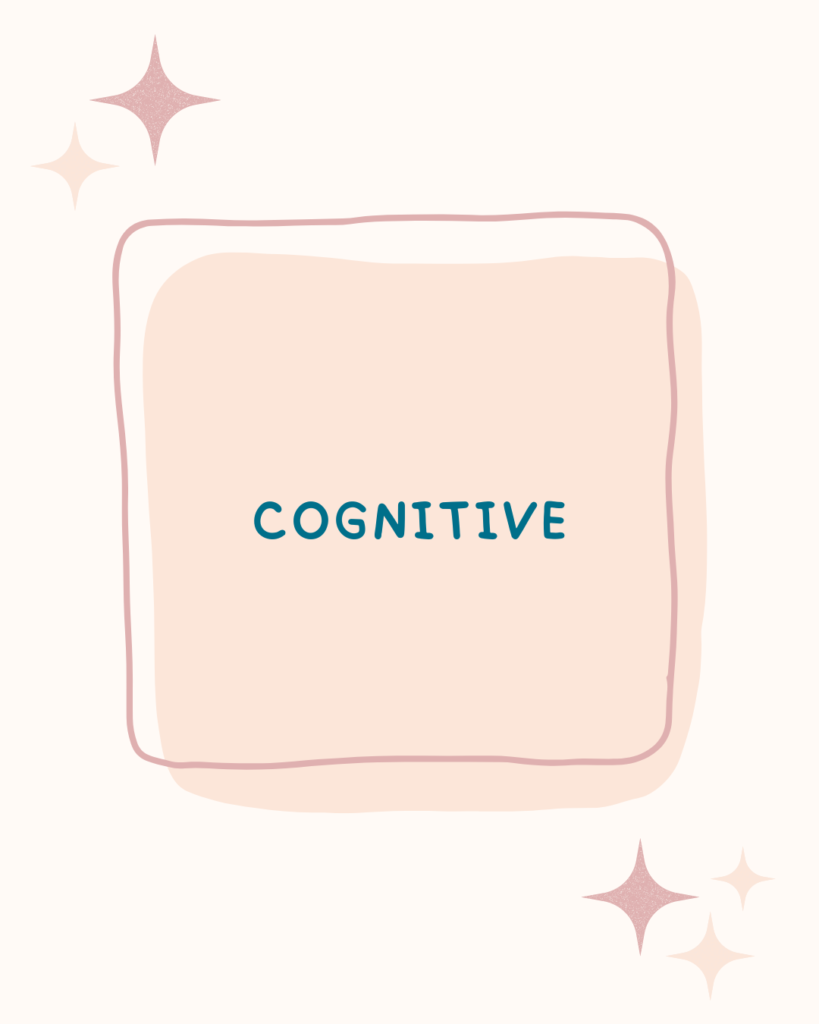
Our fifth domain is the cognitive, or mental, domain. This would include attention span, focus, memory skills, patterning and sequencing. So a question I get asked a lot is what is the difference between patterns and sequences? Patterns are something that repeats and always stays the same, like in the song “If You’re Happy and You Know it”, we always clap two times at end of that line and it never changes. But in a song like “There was an Old Lady who Swallowed a Fly” or “The Green Grass Grows all Around”, we’re continually adding one more item to our sequence. So you can see how patterns and sequencing can be really important in real life for remembering phone numbers or multi-step instructions. And of course, we’re always working on trying to elongate attention span (even me)!
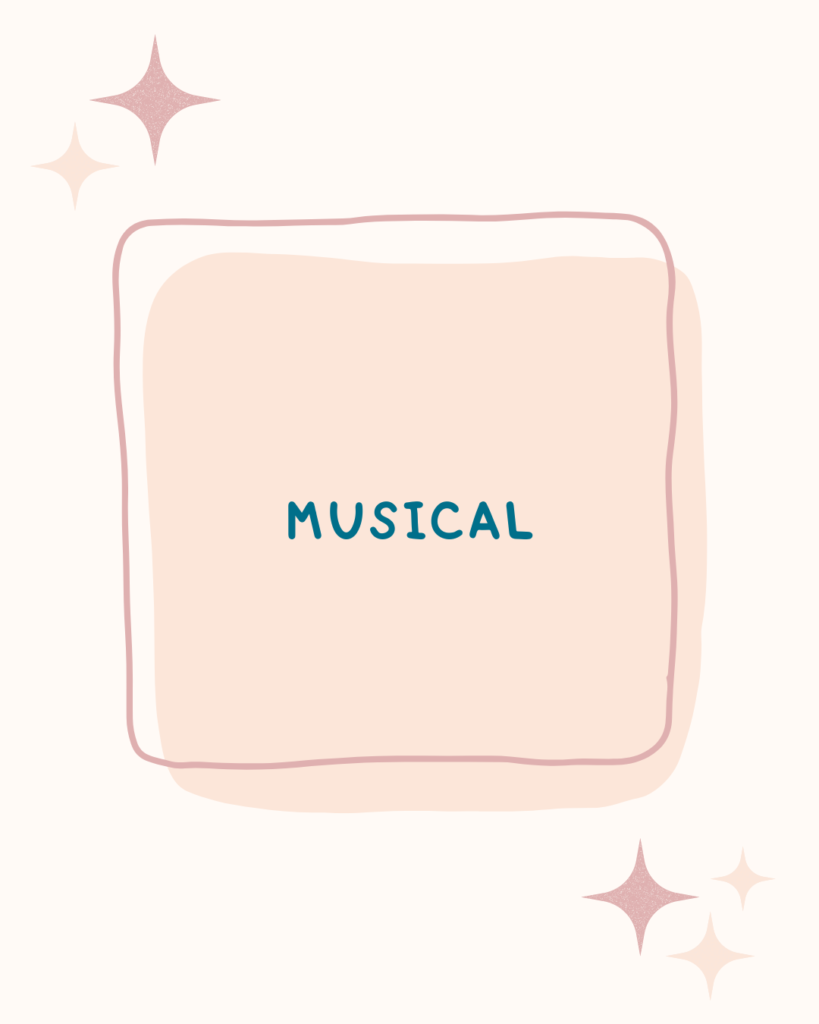
The sixth domain is the musical domain. We might work on client independence and autonomy by having them write and record a song that they wrote. We might also want to see if the client can follow along if I start playing louder or softer, if I start playing faster or slower, can they follow those basic musical elements if I change them up on them?
Also, are they able to keep a steady beat with me? This is really important in self-regulation as well, to be able to keep that steady beat. So again, we’re starting to see crossover of the domains and that’s okay.
We can also see if our clients respond better to singing instructions rather than just speaking instructions verbally. This is important information that parents or teachers could implement outside of sessions.

The seventh domain is the spiritual domain. This would include self identity, self confidence and self esteem. And of course, awareness of self. Who do I identify as – am I aware I have a disability? Do I identify myself as being disabled? Or differently abled? Do I want to say I am autistic or do I want to say I’m a person with autism?
How do I see myself and how do I want others to see me?
What are my beliefs and how important are they to me? How do I want to express them musically?
Thanks for learning about the 7 domains of Music Therapy with me! I hope that gives you a little bit of insight into how Music Therapy can set goals and objectives in an intentional way!
